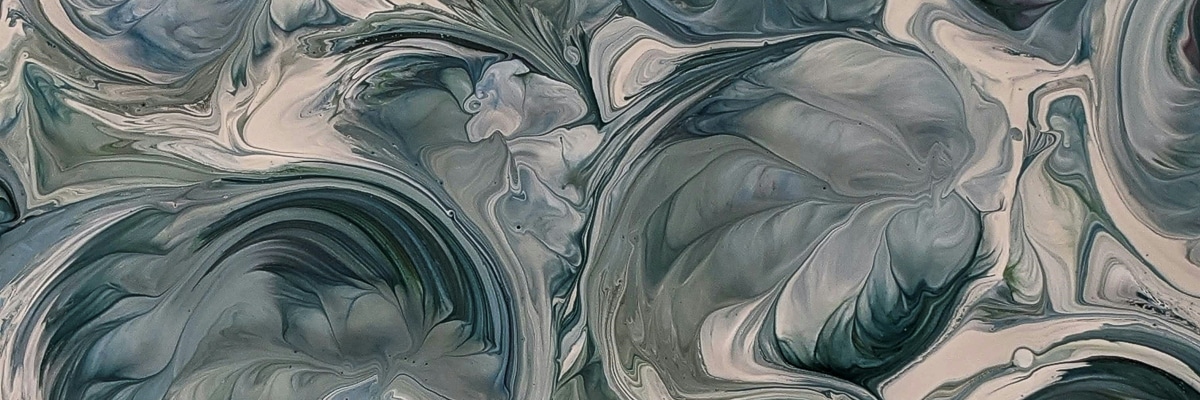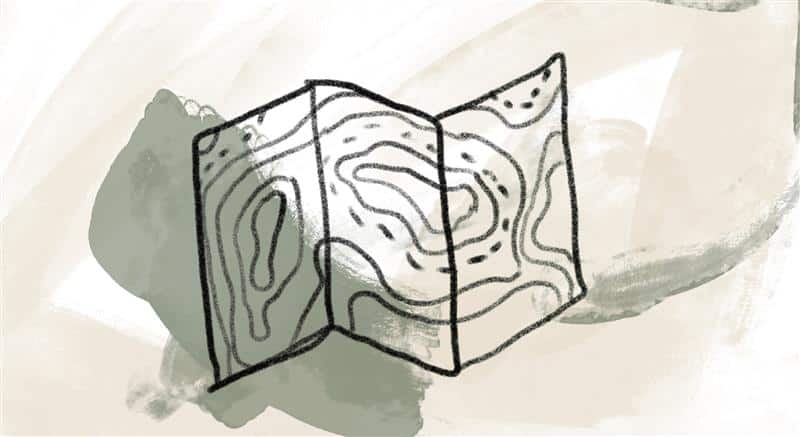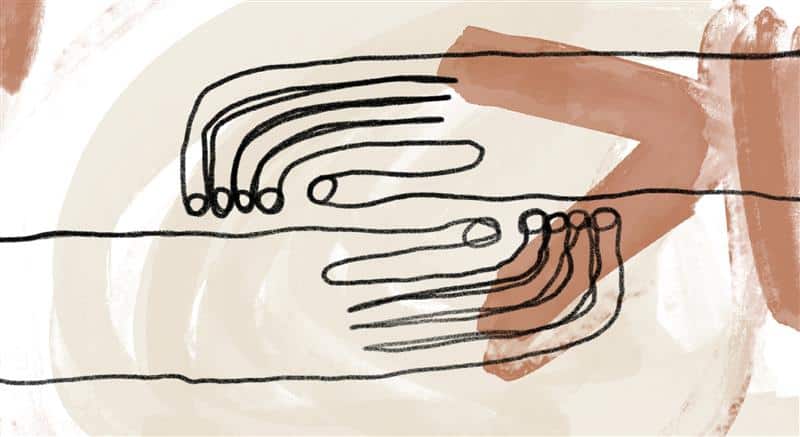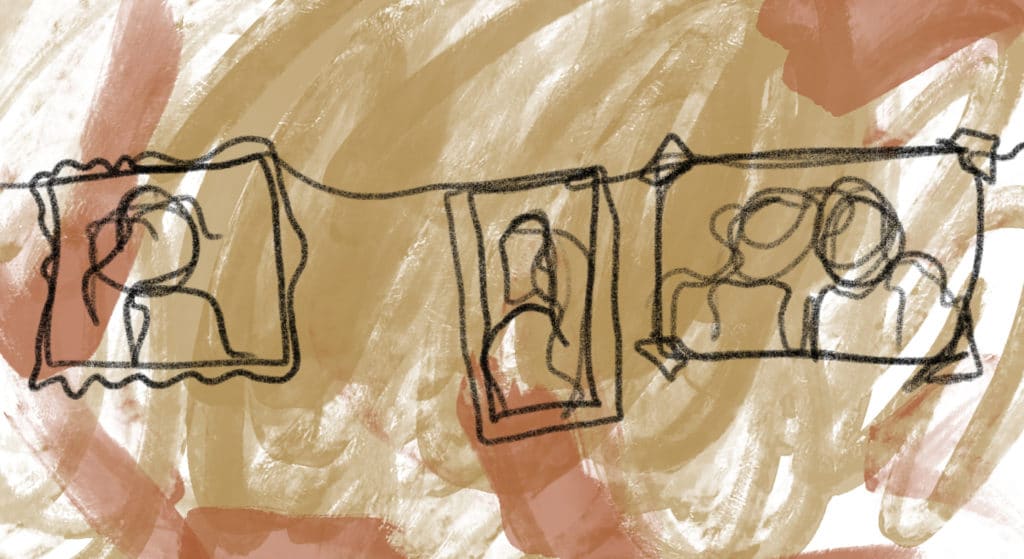
God said, “Let us make humans in our image, according to our likeness.”
—Genesis 1:26
Father Richard locates our essential goodness in being created in the image and likeness of God.
Centuries of Christian theology confirm that the “image” described in Genesis refers to our eternal essence in God which cannot be increased or decreased. It is the soul’s objective union with God. We (and every other created thing) begin with a divine DNA, an inner destiny as it were, a blueprint tucked away in the cellar of our being, that begs to be allowed, to be fulfilled, and to show itself. “It is the Holy Spirit poured into your heart, and it has been given to you” (Romans 5:5).
My “I am” is merely a further breathing forth of the eternal and perfect “I Am Who Am” of the Creator (Exodus 3:14). This “beingness” precedes all doing. I am loved—or better, I am love—before I do anything right or wrong, worthy or unworthy. To put it philosophically, ontology precedes morality. The divine indwelling is a gratuitous gift, standing presence, and guarantee. We are the containers, temples, and recipients of this gift. In a certain sense, it had nothing to do with us. Yet it is our own inherent and irrevocable dignity. I call it the True Self, an immortal, imperishable diamond. Without doubt, this is our “original blessing.”
The indwelling divine image moves toward fulfillment in each of us throughout our lifetimes. “Likeness” refers to our personal and unique embodiment of that inner divine image. It is our gradual realization of this gift. We all have the same objective gift, but different ways of saying yes and consenting to it. There are as many ways to manifest God as there are beings in the universe. Our personal and collective embodiments reveal aspects of the sacred through our personhood, relationships, fields of work and study, culture, economy, politics, and justice. Though we differ in likeness, the image of God (imago Dei) persists and shines through all created things. [1]
The clear goal and direction of biblical revelation is toward a full mutual indwelling. We see the movement toward union as God walks in the garden with naked Adam and Eve and “all the array” of creation (Genesis 2:1). The theme finds its climax in the realization that “the mystery is Christ within you, your hope of glory” (Colossians 1:27). As John excitedly puts it, “You know him because he is with you and he is in you!” (John 14:17). The eternal mystery of incarnation will have finally met its mark, and “the marriage feast of the Lamb will begin” (Revelation 19:7–9). As in the beginning, so in the end. Amen. Let it be so. [2]
References:
[1] Adapted from Richard Rohr, Immortal Diamond: The Search for Our True Self (San Francisco, CA: Jossey-Bass, 2013), 17, 121–122.
[2] Adapted from Richard Rohr, “In the Beginning and the End,” Daily Meditations, December 31, 2017.
Image credit and inspiration: Susan Wilkinson, Untitled (detail), 2021, acrylic paint, Unsplash. Click here to enlarge image. Just like the colors swirl together in this painting, we and God swirl in our dwelling/indwelling.
Story from Our Community:
The Daily Meditations have been balm for my soul for years. Given the current state of affairs in our country, I even more fully appreciate the calming, respectful, and supportive voices of all those involved with the work of CAC. I’m grateful for all of the wisdom, the stories, and the love shared by this community. By the knowledge of God’s Great Love, I am embracing the simplicity at the heart of Christianity, and finding the great courage to expand my circle of love— and love more deeply.
—Liz T.




